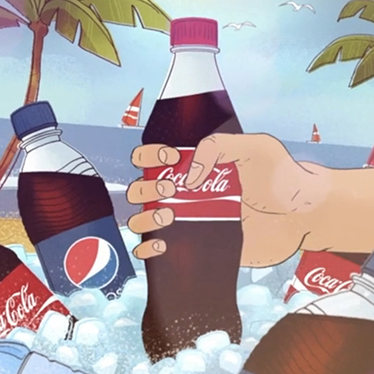POSTS
It’s on land, in the water, in the air, and inside of you!

In 1956 Lloyd Stauffer, editor of Modern Packaging magazine, spoke at a plastics conference where he declared that the future of plastics was in the trash can. Before this statement plastic had been viewed as a durable good. If a wooden clock was too expensive, then a plastic clock would suffice. Consumers did not ask for single-use plastics, but they were thrust upon us just the same. I am sure in 1956 it seemed like a wonderful idea to fill the dumps with as much plastic as possible for the sake of increasing profits. However, plastic has become so pervasive it is now in the water we drink and the air we breathe. Today, we all have plastic inside of us!
Plastics leech into water, litter finds its way into water and is consumed, plus microplastics degrade to a point where they just cannot break down any further. Tiny organisms eat microplastics, then bigger organisms eat those organisms until finally, they end up on your plate. A recent study shows that one in every four fish has plastic inside of them and this number is rapidly increasing. Microplastics can even move from the fish stomach to the fish muscle where we become the consumers of our own waste.
Currently, eleven hundred tons of microplastics are blowing over North America reaching the most remote corners of our lands. 84 percent of these plastics come from the roads near large cities and 11 percent comes from the ocean. So much plastic is coming from the ocean that land may be a net importer of microplastics. At this current time, more plastic is coming from the ocean than going into it!
The reduction of single-use plastic is our only way out of this. Plastic, for the most part, is not recyclable. That idea was a lie constructed, implemented, and paid for by the plastics industry. Those little recycling symbols on your plastic containers do not mean that the item is recyclable. The plastics industry lobbied legislators to require those symbols to be placed on packaging simply to make us feel better about single-use plastic.
The “future of plastics is in the trash can” artifice was a brilliant profit strategy, but I doubt that Lloyd Stauffer could have conceived how his vision would lead to dying oceans and contaminated air. There are many wonderful alternatives to plastics including bio-degradable options. Did you know those white foam-looking take-out containers you throw away are most likely bio-degradable? Many environmentally responsible restaurants use containers made from sugar cane that degrades in 30 to 90 days. Four years ago, my family and I traveled to the Los Angeles area to tour Universities with my son. We ended up buying reusable grocery bags while we were there because we quickly learned our arms were inadequate for grocery carrying and plastic bags are not a thing in California. When we returned home, we just kept using them, and combining reusable bags with Kroger’s Scan and Go system changed our shopping habits forever.
The Story of a Plastic Bottle presented by Greenpeace and featuring the London Community Gospel Choir is amazing- watch now! Also, to hear the audio version of this story click the pic below and be sure to subscribe to our podcast.
POSTS
Sign up for special offers and invites to try new products!
KQ BISTRO